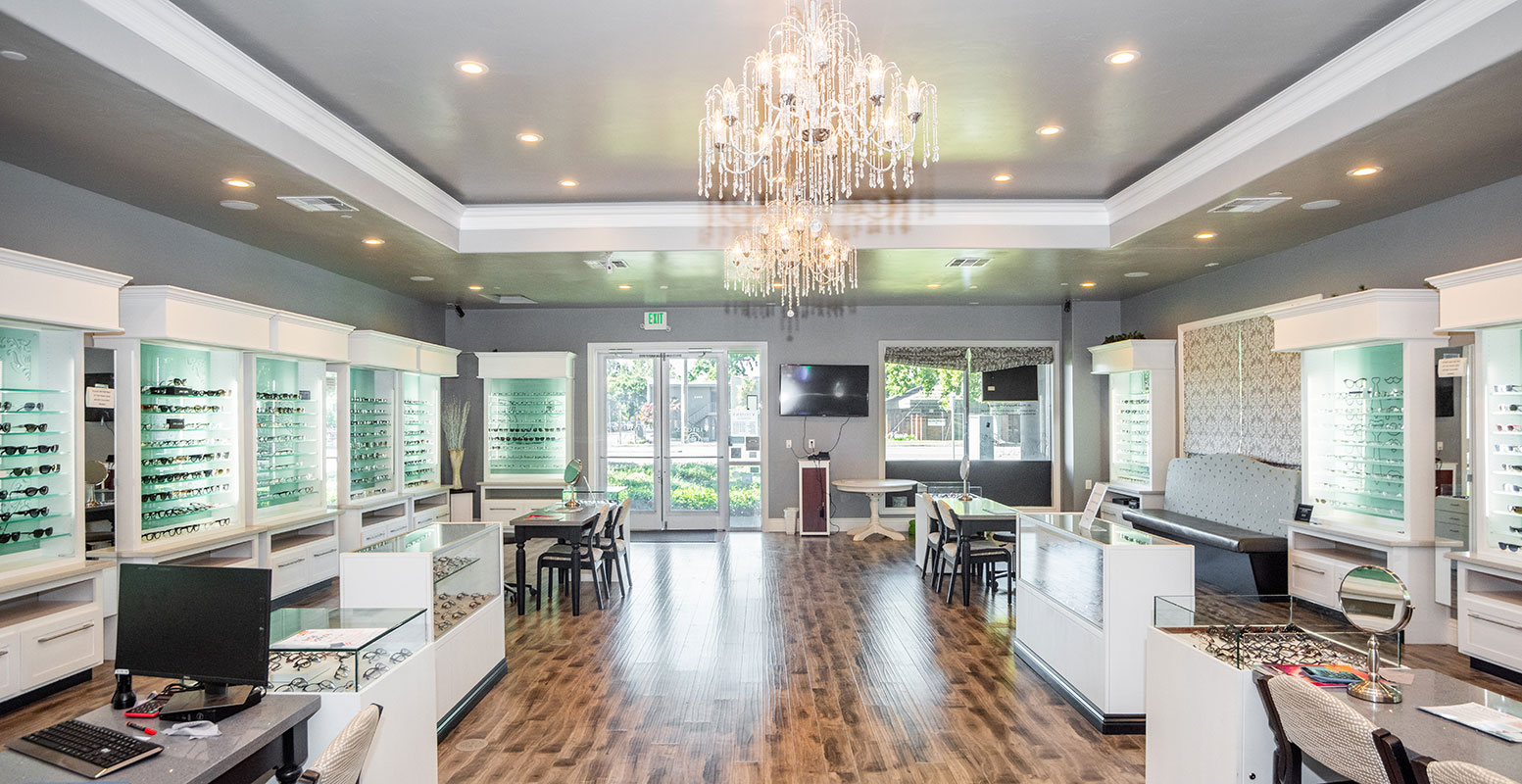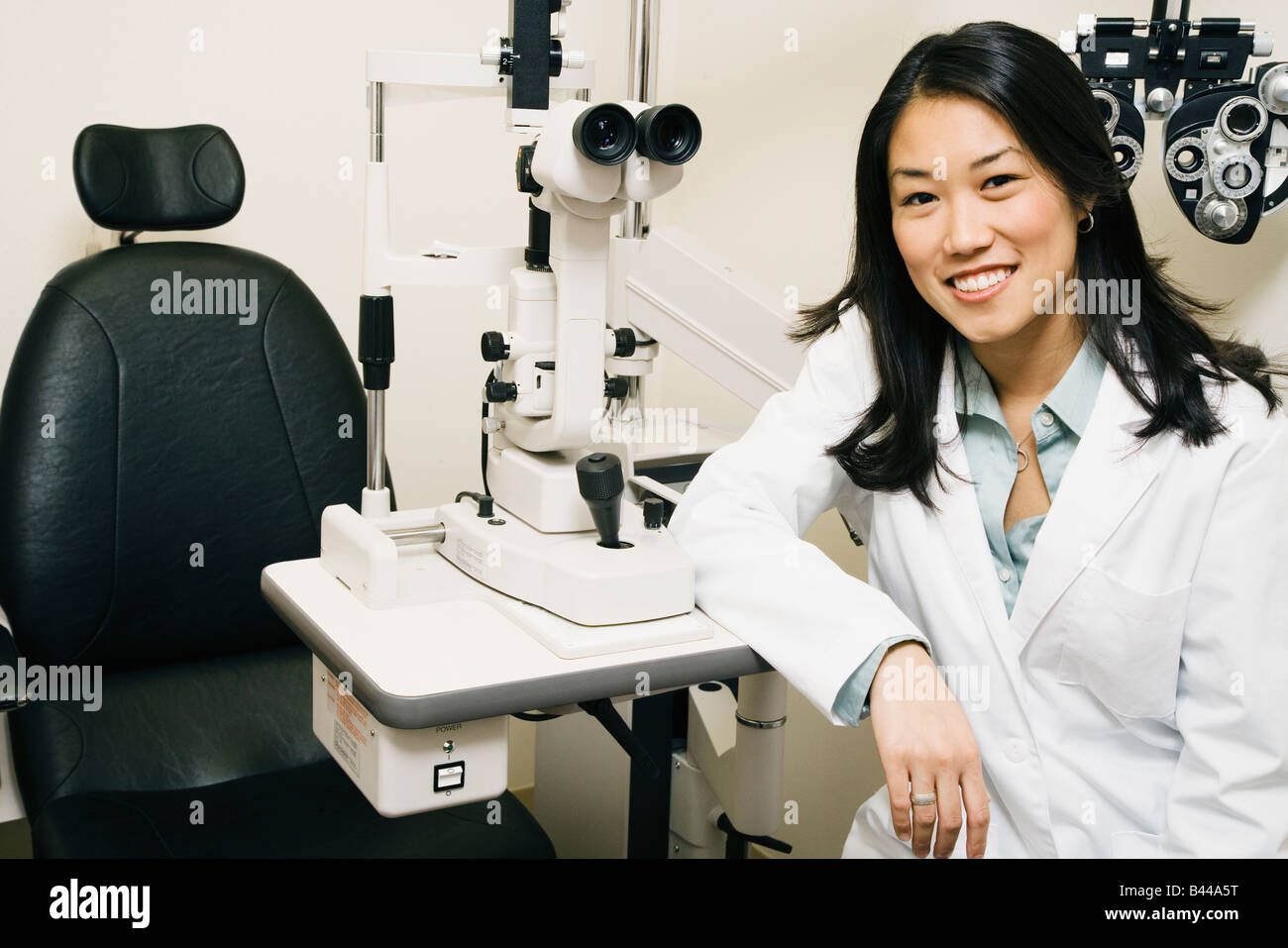Exploring the Most Recent Technical Innovations in Optometry and What They Mean for Eye Doctors
In the ever-evolving field of optometry, current technological advancements are improving how practitioners come close to eye care. From the accuracy of Optical Coherence Tomography to the nuanced understandings used by AI-driven diagnostic devices, these developments are establishing new criteria in person assessment and treatment. Teleoptometry is poised to redefine availability, making sure that proficiency transcends geographical restrictions. As these improvements permeate the technique, optometrists are encountered with the challenge of welcoming these tools to boost patient end results. Yet, the question stays: how will these technological changes redefine the duties and obligations within the career?
Technologies in Diagnostic Tools
Advancing the field of optometry, advancements in analysis devices have actually revolutionized the method eye care professionals evaluate and detect visual problems and eye problems. The previous decade has experienced substantial technical innovations, allowing more detailed and precise examinations. Optical Comprehensibility Tomography (OCT), for instance, supplies high-resolution cross-sectional pictures of the retina, enabling the early discovery of conditions such as glaucoma and age-related macular deterioration. This non-invasive imaging method has ended up being vital in modern optometric method.
An additional secret innovation is the introduction of advanced corneal topography systems, which map the surface area curvature of the cornea with accuracy. These tools are particularly helpful for suitable call lenses and diagnosing corneal disorders. Additionally, electronic retinal imaging has actually transformed conventional ophthalmoscopy, offering in-depth, scenic views of the retina that help with complete aesthetic exams.
The advancement of wavefront aberrometry has likewise been essential, allowing the analysis of refractive mistakes with unrivaled precision (Eye Doctor Optometrist). This modern technology helps in personalizing rehabilitative lenses and enhancing surgical end results for refractive surgeries. Jointly, these analysis innovations equip eye doctors to provide superior individual treatment, ensuring very early intervention and customized therapy approaches, ultimately enhancing visual health and wellness results
AI in Patient Management
Building on the structure of sophisticated analysis tools, the incorporation of expert system (AI) in individual administration represents a transformative jump for optometry. AI systems are significantly used to boost efficiency, accuracy, and personalization in individual care. By assessing large quantities of data, AI can identify patterns and forecast prospective ocular conditions, enabling eye doctors to tailor interventions better. This capacity is vital in taking care of chronic eye illness such as glaucoma and diabetic person retinopathy, where very early detection and continual surveillance are key.
Moreover, AI-driven systems promote streamlined individual communications and administrative procedures. Automated organizing, virtual assessments, and customized follow-up plans not just improve individual fulfillment however also maximize time administration for practitioners. These systems can triage people based on the seriousness of their problems, making certain that those in vital demand receive prompt focus.
Moreover, AI enhances decision-making by supplying optometrists with evidence-based recommendations and treatment pathways. By integrating information from digital health and wellness documents, AI tools use insights that notify clinical decisions, decreasing the risk of mistakes and boosting individual results. As AI proceeds to evolve, its function in individual administration will likely increase, improving the landscape of optometric care.
Breakthroughs in Retinal Imaging
In the realm of optometry, retinal imaging has observed impressive technical developments that are enhancing analysis abilities you can find out more and person treatment. Innovations such as Optical Comprehensibility Tomography (OCT) and fundus digital photography have actually reinvented just how optometrists visualize and analyze the retina.
Improved imaging methods like OCT angiography are additional refining analysis accuracy. This non-invasive strategy maps blood flow in the retina, supplying critical understandings into vascular health and wellness without the requirement for dye shots. Additionally, adaptive optics modern technology is being incorporated into retinal imaging systems to remedy eye aberrations, supplying extraordinary picture clarity. Such developments facilitate the identification of min retinal changes that could signify illness progression.
Additionally, developments in artificial knowledge are increasing retinal imaging by allowing computerized evaluation of huge datasets. These systems help optometrists in determining patterns a measure of pathology, thus improving diagnostic accuracy and performance. Jointly, these technologies are transforming retinal imaging into a foundation of modern eye care, enhancing outcomes and broadening healing opportunities.
Teleoptometry's Growing Role
Teleoptometry is increasingly becoming an important component of eye care, driven by developments in data and diagnostic devices. As optometry accepts electronic improvement, teleoptometry facilitates remote assessments, enabling optometrists to prolong their services beyond conventional boundaries. This is specifically advantageous in rural and underserved locations where access to specialized eye care is often restricted. By leveraging high-resolution video clip conferencing and progressed retinal imaging, eye doctors can conduct comprehensive eye tests from afar, ensuring timely medical diagnosis and treatment.
The integration of expert system (AI) further enhances teleoptometry, making it possible for the evaluation of aesthetic information and helping in the detection of ocular conditions such as glaucoma and diabetic person retinopathy. AI-powered algorithms can quickly interpret complicated imaging data, supplying optometrists with beneficial insights that reinforce scientific decision-making.
Additionally, teleoptometry supports continuity of care with smooth assimilation with electronic wellness records (EHRs), allowing eye doctors to keep detailed person histories. When seeking advice from with different professionals., this makes sure that people get individualized and constant treatment also.
In spite of these benefits, obstacles remain, consisting of ensuring information safety and security and taking care of individual expectations. Teleoptometry stands for a considerable stride in the direction of more easily accessible, efficient, and patient-centered eye care. As innovation evolves, its function is poised to expand better.

Future Fads in Eye Treatment
A myriad of ingenious trends is readied to reshape the future of eye care, driven by technical advancements and the advancing requirements of patients. One substantial trend is the assimilation of man-made intelligence (AI) in diagnostics, which assures to boost the precision and performance of eye assessments. AI formulas can evaluate large quantities of data from retinal pictures, possibly detecting problems like diabetic person retinopathy and glaucoma earlier than typical techniques.
In addition, personalized medication is obtaining grip in optometry, with genetic screening informing customized therapy plans. This method intends to maximize individual end results by tailoring treatments to specific genetic accounts. Wearable technology, such as clever call lenses, is also imminent, providing real-time monitoring of intraocular pressure or glucose levels, hence giving continual insights into eye and systemic health and wellness.
The adoption of enhanced fact (AR) and online reality (VIRTUAL REALITY) in training and client education and learning is an additional arising pattern. These technologies provide immersive experiences that can enhance understanding and skills both for individuals and optometrists. As these trends evolve, optometrists need to stay abreast of technical innovations to supply sophisticated care, making sure enhanced person results and contentment in the dynamic landscape of eye treatment.
Conclusion

Jointly, these analysis see this improvements equip optometrists to supply premium patient care, ensuring early treatment and customized therapy strategies, eventually improving visual health and wellness outcomes.

As these innovations continue to develop, optometrists must adjust and incorporate them into practice, inevitably enhancing process performance and raising the standard of eye care provided to individuals.